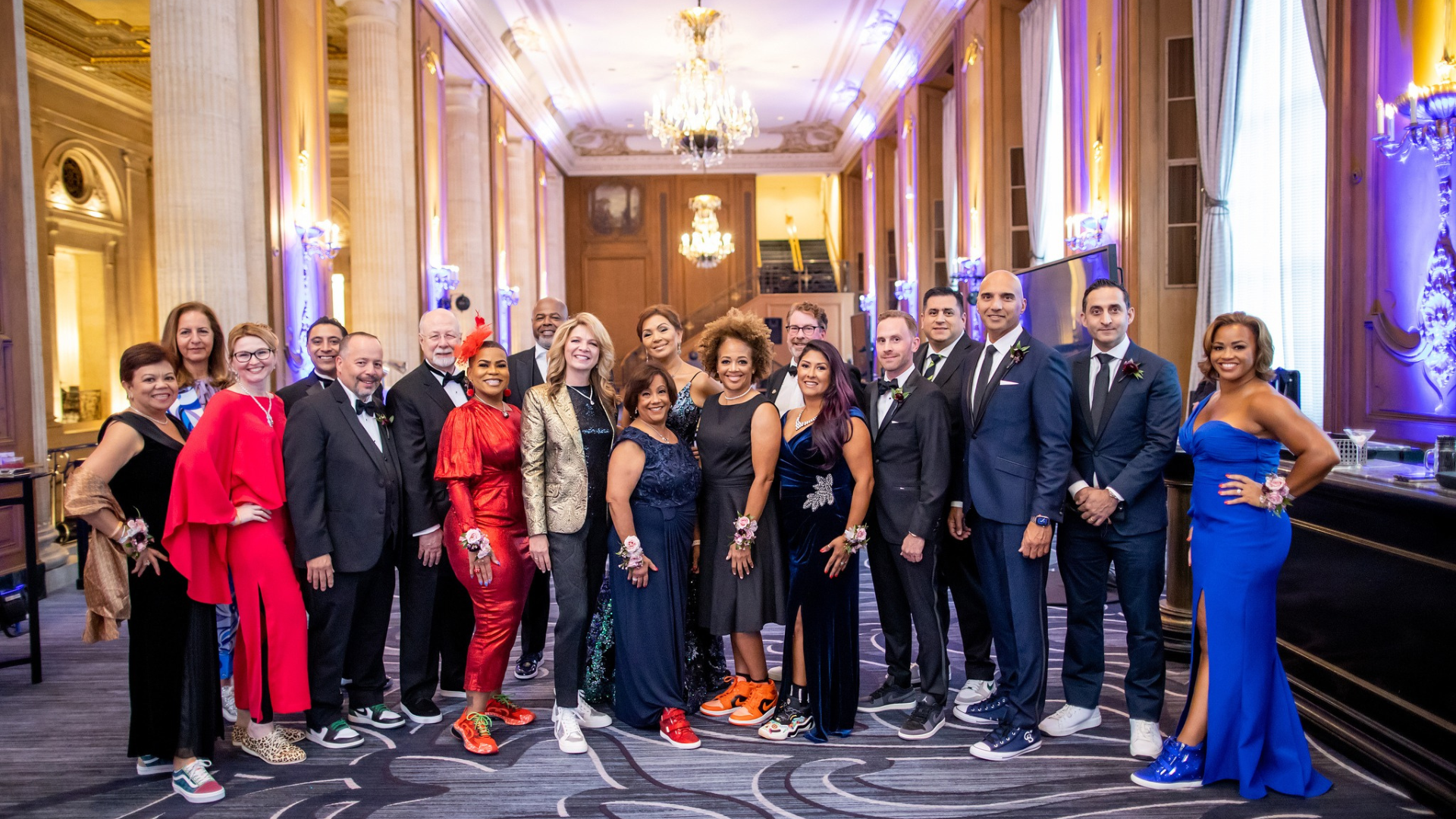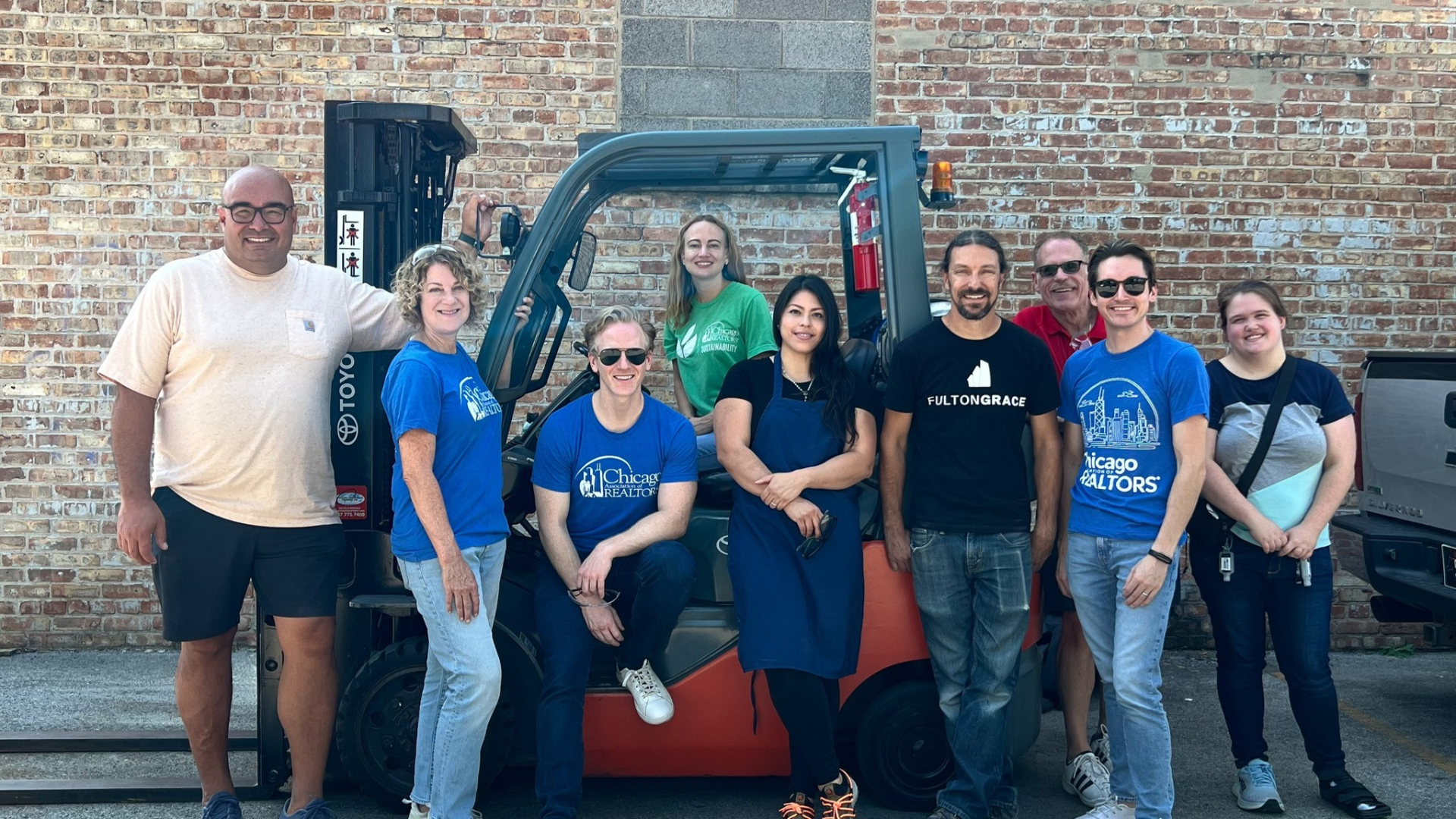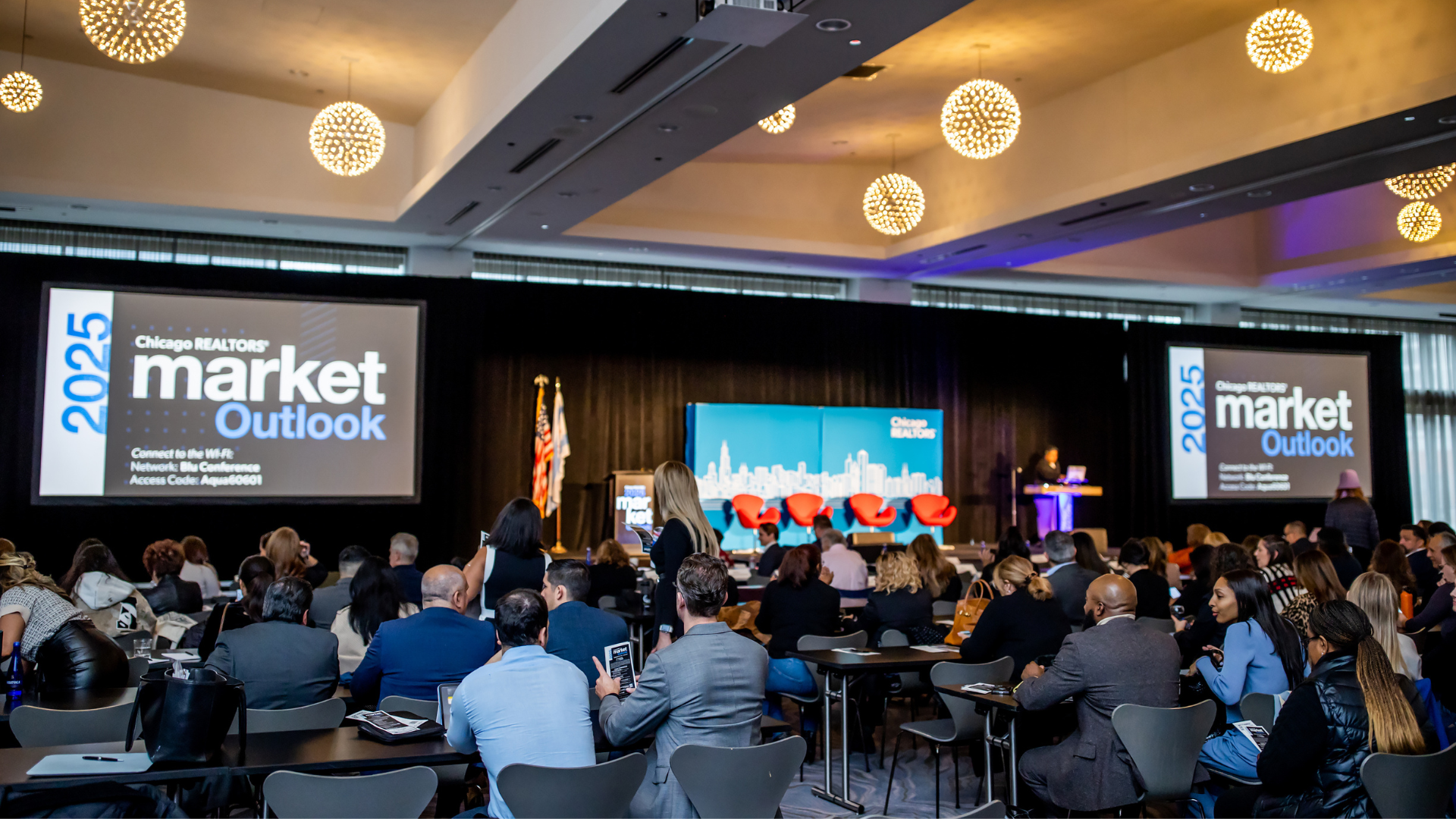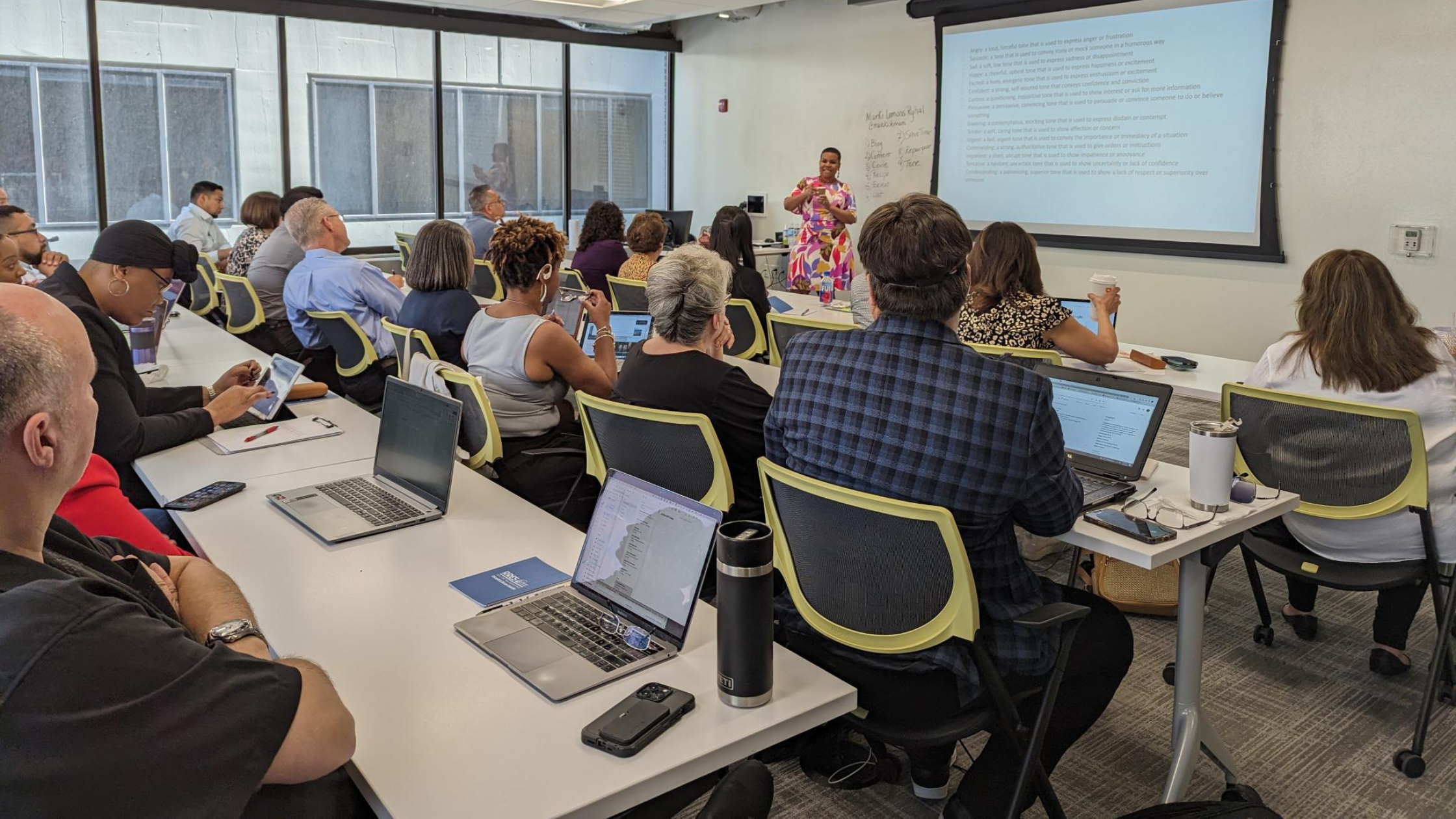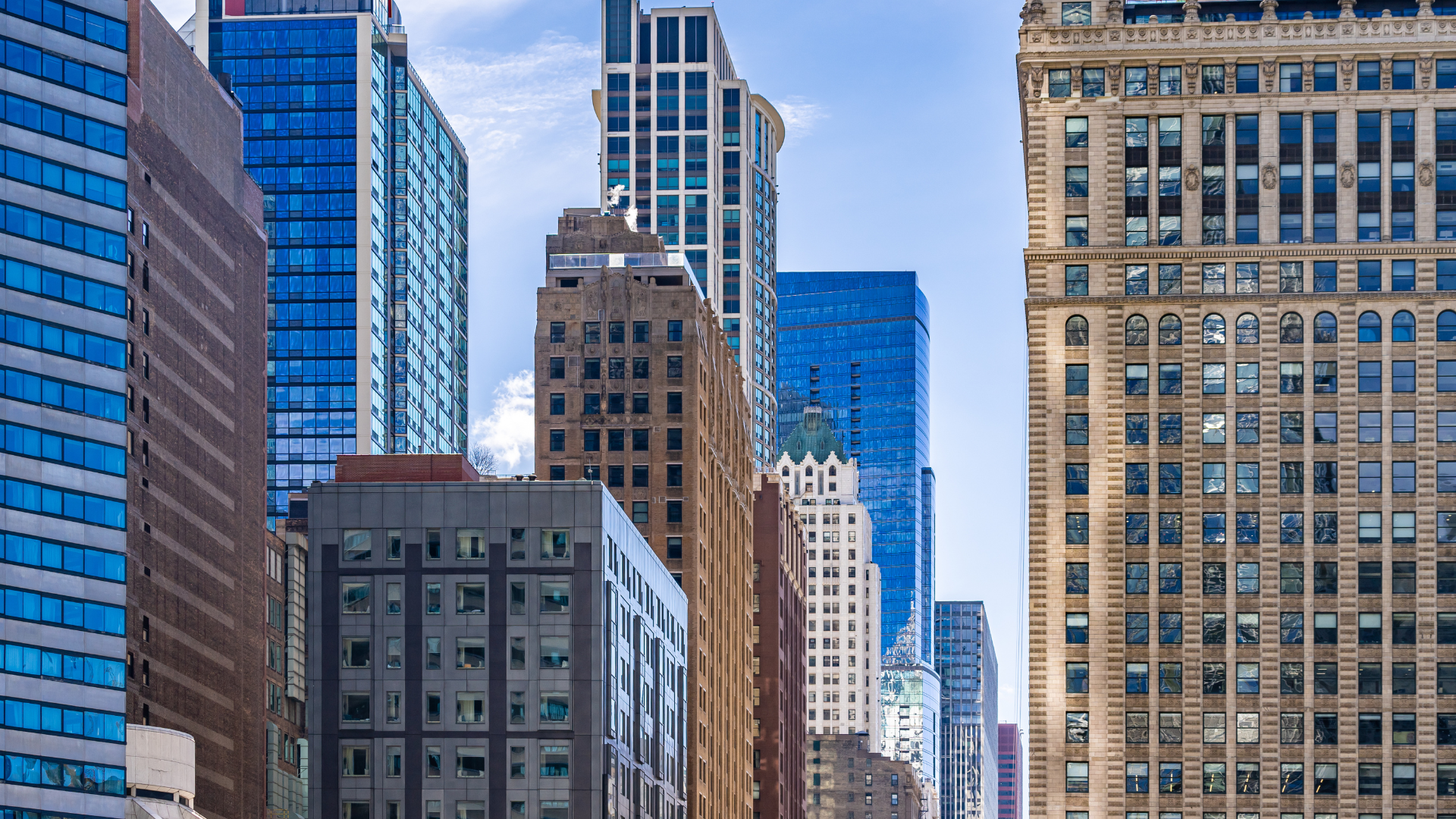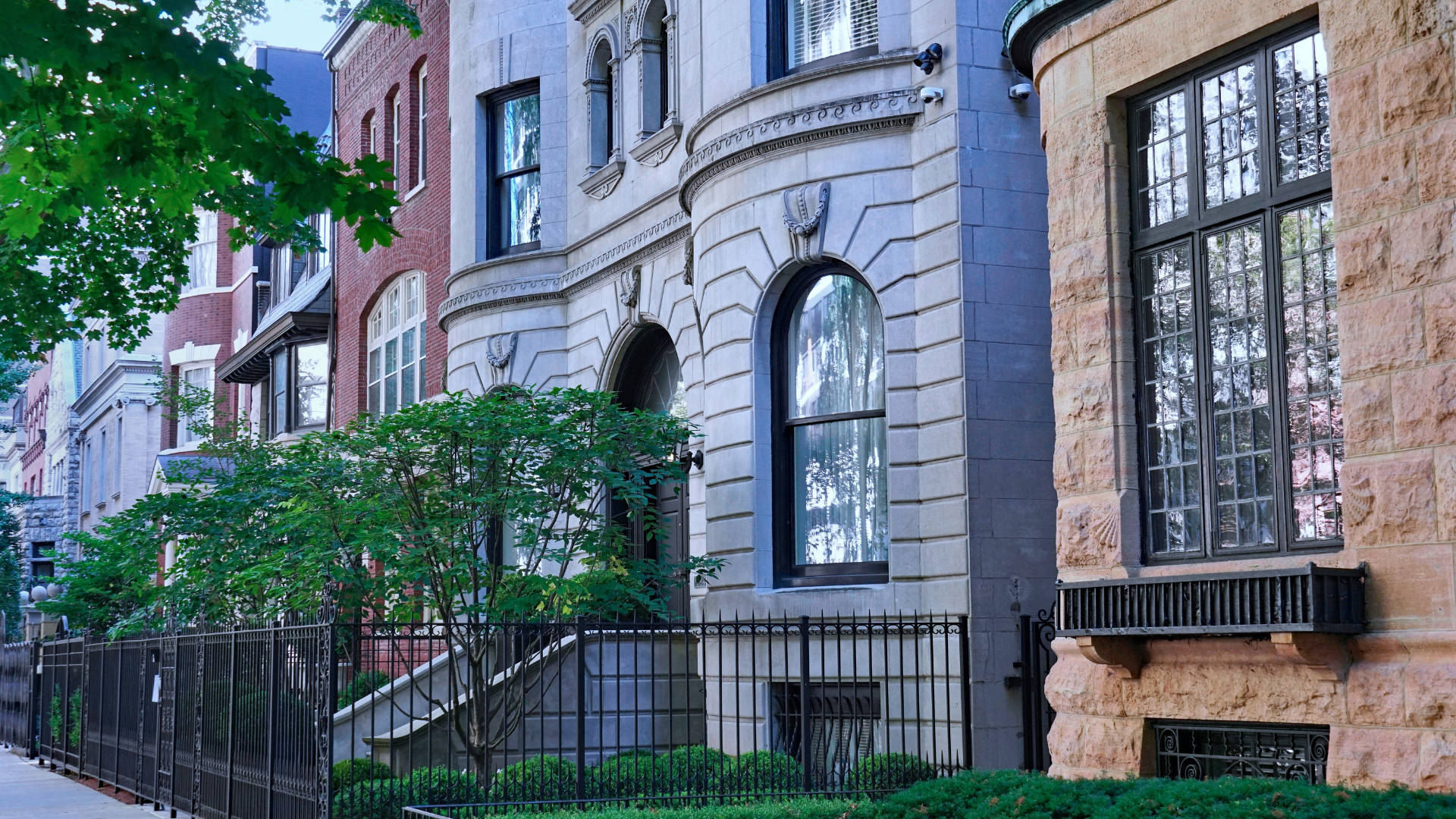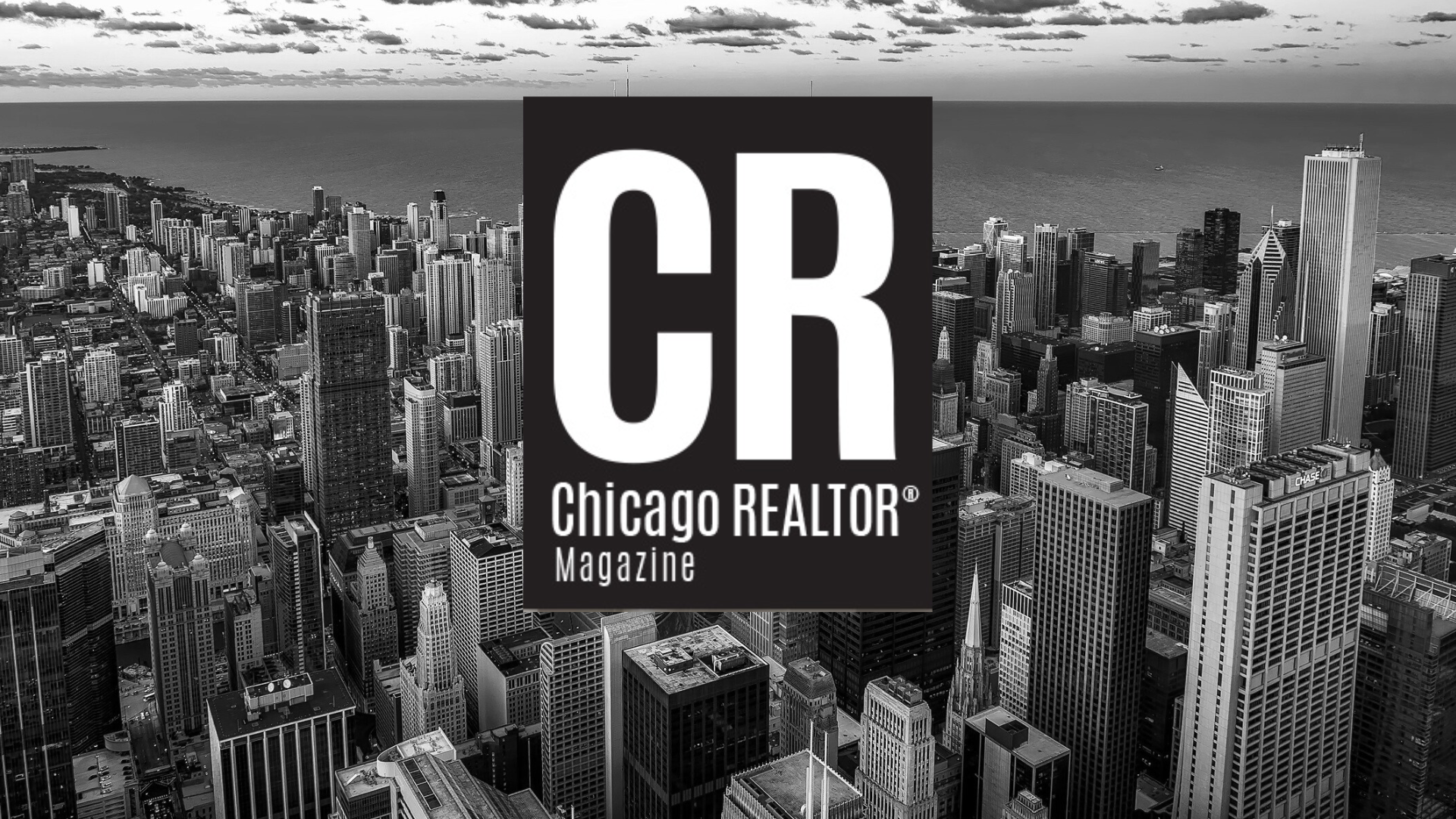If you travel down I-90 and take a hard turn west, you’ll slowly move away from the hustle and bustle; as the city noise begins to dissipate, you’ll find yourself in a quiet area filled with families and friends wandering down sidewalks, parks filled to the brim with walkers and rows upon rows of single-family homes. “[Dunning] is a Chicago neighborhood, but you have a small community vibe,” 2022 neighborhood top producer Nichole Dinino, Redfin Corporation, said.
Dunning isn’t trying to fit into the mold of the hip neighborhoods around Chicago; it’s just trying to be its authentic self, something residents love. Welcome to Dunning.
THE PAST
Dunning’s sordid history belies the neighborhood it is today. Once remote prairie land, it was deemed the ideal spot for the Cook County Insane Asylum in 1851. The asylum over the years accumulated a history of poor ventilation, overcrowding and questionable practices, but it also contributed to its growth. In the 1880s, the Chicago, Milwaukee and St. Paul train extended into Dunning, bringing patients, supplies and medicine.
According to the Encyclopedia of Chicago, taverns, churches and more started to pop up when Irving Park Boulevard was built through the neighborhood, and a housing boom hit the area in 1916 when Schorsch Brothers Real Estate bought a section of land they named West Portage Park to avoid the asylum’s stigma. After World War I, Swedish, German and Polish immigrants moved into the area, and in 1934, Wilbur Wright College was built. The population continued to grow, particularly when the Cook County Insane Asylum took a turn for the worst and was bought by the state. The Chicago-Read Mental Health Center, still in operation today, replaced the asylum.
In the 1980s and 1990s, the neighborhood saw an upward swing in popularity thanks to a commercial business and residential housing boom in the surrounding communities.
WHAT TO DO AND SEE
There is a sweet side to Dunning, in the literal sense. Eli’s Cheesecake Factory is located on the north side, and Eli’s Cheesecake World Café is located just off Forest Preserve Drive, where residents can
stop by for a quick lunch or dessert.
According to Dinino, Dunning is sometimes referred to as the second Little Italy in Chicago. Forno Rosso Pizzeria Napoletana serves wood fire pizza and homemade pasta to residents just like your Italian grandmother would make. BarTucci Homemade Italian Food, Ristorante Agnostino and Mama Luna’s also serve up Italian classics.
You can also find a variety of cuisines like traditional Czech meals at Café Prague, Middle Eastern food at Falafel Dream or American classics at Dunning Pour House. The area tends to be quiet at night, with few clubs to be found but plenty of local bars to grab a drink.
If you’re looking for green space, Dunning’s got you covered. Shabbona Park, Hiawatha Park and Merrimac Park provide programs for kids like tee ball, football and cheerleading. The neighborhood is also close to several forest preserves for walking and biking.
GETTING AROUND
From Dunning, it’s easy to get both downtown and to the suburbs. I-90 and I-94 are easily accessible.
If driving isn’t your style, the Blue Line can take you downtown or to O’Hare, or you can check out a variety of buses that stop throughout the neighborhood.
Walking and biking are good ways to get around Dunning. The neighborhood has a Walk Score® of 73, meaning many errands can be accomplished on foot, and a Bike Score of 67.
THERE’S NO PLACE LIKE HOME
Single-family homes are the most common residential property types in Dunning — and in particular, bungalows. You’ll find block after block of bungalows, Tudors and frame homes with all the Chicago character you’re looking for. During the warmer months, it’s common to find block parties and other gatherings taking place, contributing to its tight-knit feeling. “[Dunning is] a community that looks out for each other,” Alderman Nicholas Sposato, 38th Ward, added.
Dinino explained that many Dunning single-family homes tend to have large lot sizes and big backyards. “You can get a nice house for a decent price,” she said.
As of July 2022, the single-family market was steady. Year to date closed sales were down 4.2% compared to 2021, with 432 home sales closed, and median sales prices barely decreased at 1.0%. The attached market, however, is a little different story: as of July 2022, closed sales for attached homes decreased 22.4%, with 97 home sales closed, and the median sales price was up 4.8% year to date, a reaction to low inventory.
